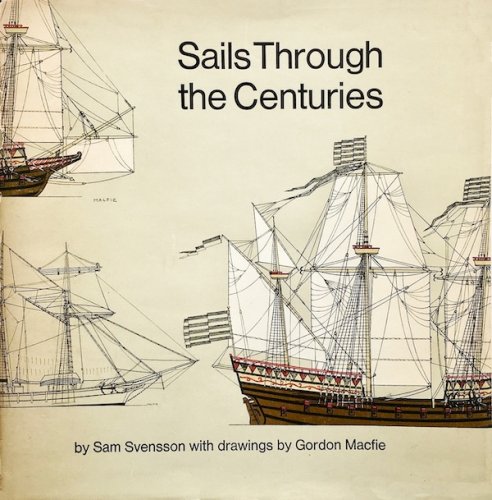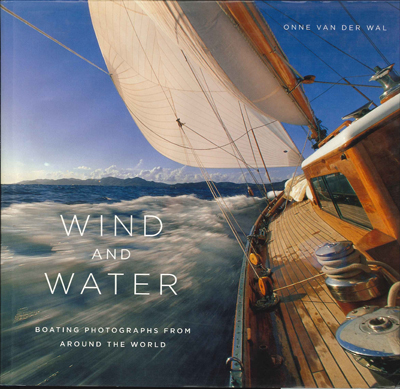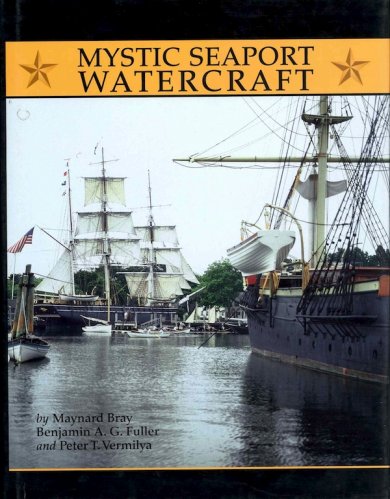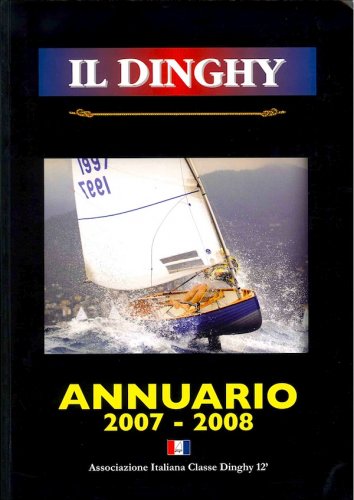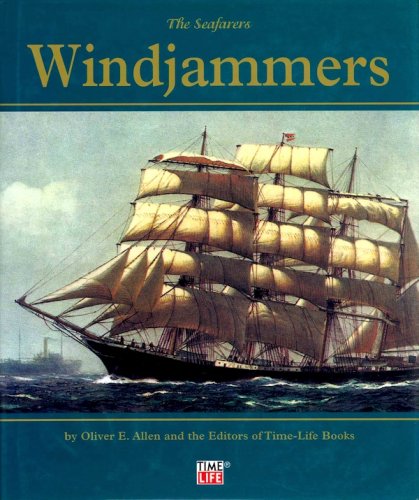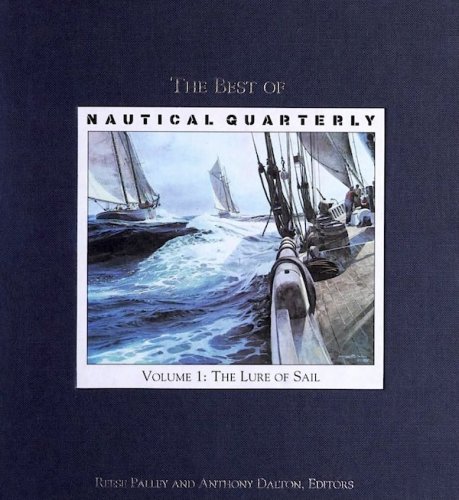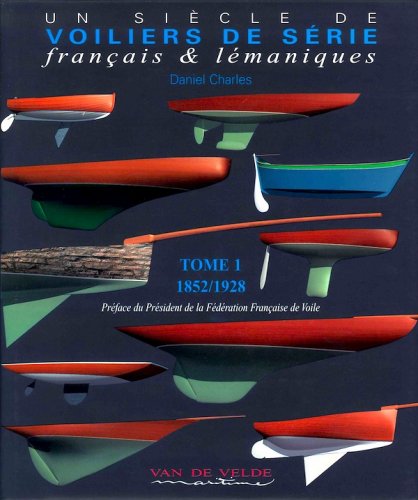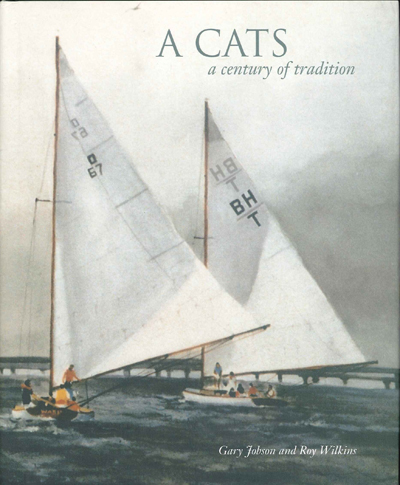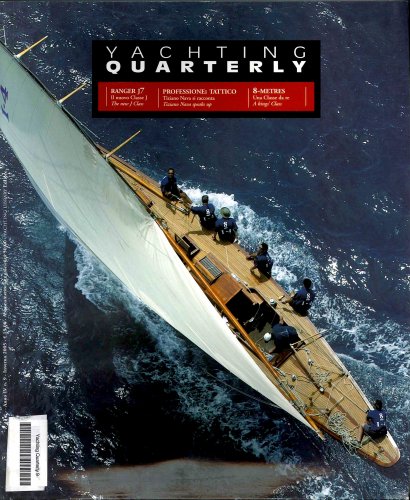Sails through the centuries
Sails through the centuries
- Non disponibile, richiedi informazioni sulla disponibilità
- Possibilità di reso entro 10 giorni lavorativi
- Transazione sicura con carta di credito, Paypal o bonifico bancario
- Spedizione tracciata con SDA
This is a superb short history of sails and sailing ships, from the earliest Roman merchant-men and Viking ships to the Baltimore clipper and other turn-of-the-century American sailing vessels. The result of close cooperation between artist and writer, Sails Through the Centuries is a must for any yachtsman's library. Contents: 1. Roman merchantman, circa A.D. 200; 2. Nordic Viking ship, tenth century: a small longship; 3. Nordic ship with castles: a knarr from the middle of the thirteenth century; 4. Holk from the end of the Middle Ages, successor to the cog of the Hanseatic League, shown here with a cargo of dried fish; 5. Spanish nao and two caravels, as in Columbus' fleet in 1492; 6. Western European carrack from the beginning of the sixteenth century; 7. Swedish kravel from the middle of the sixteenth century: Gustavus Vasa's Elefanten; 8. Large man-of-war, company ship, galleon, from the end of the sixteenth century; 9. A boyart, a small Northern European sailing vessel from the sixteenth century; 10. A flute (flyboat) with a round stern and bluff bow, a common Dutch merchantman during the seventeenth century; 11. Pinnace, Dutch type, from the middle of the seventeenth century; 12. Dutch Statenjacht for official and private use; 13. Swedish mail packet Hiorten, built in 1692, carried the mail between Ystad and Stralsund; 14. A ship of fifty guns, circa 1690. After Ralamb; 15. Swedish ship of the line Gota Lejon, seventy-two guns, built at Karlskrona in 1746; 16. Swedish trading frigate, circa 1768. After Henrik af Chapman; 17. Swedish hukares (hookers), big and small, circa 1760; 18. Algerian xebec, Mediterranean pirate and man-of-war of the eighteenth century; 19. Sail on the Aegean Sea: a Turkish caique and a Greek fishing vessel from Mykonos; 20. Swedish krejare, circa 1760; 21. Swedish East Indiaman. This ship was launched on October 20, 1786, and was named Gotheborg; 22. The Swedish snow Gustaf Adolph, built at Kalmar in 1783; 23. The Swedish bark Fortuna, built at Umea in 1792, a Mediterranean trader; 24. The brigantine Bull, from Stockholm, built in 1841, the second Swedish ship to sail around the world; 25. Swedish brig Dahlkarls, of Stockholm, built in 1862, a Brazilian trader, with Belgian pilot cutter; 26. Baltimore clipper, circa 1820, the forerunner of the American clipper; 27. American whaling bark from the 1850's, hunting for spermaceti whales; 28. The American clipper Flying Cloud, 1851, which holds the record of twice sailing from New York to San Francisco in 89 days; 29. A British East Indiaman of the nineteenth century: the Blackwall frigate La Hogue, built at Sunderland in 1855, of 1,330 tons; 30. Topgallant-rigged schooner Hansina, built in Schleswig in 1850, of 94 gross tons; 31. The Swedish ketch Experiment, built in 1857, a typical Baltic trader of the last century; 32. The French three-masted bark Persistant, built at Nantes in 1865; 33. The British tea clipper Norman Court, built at Glasgow in 1869, the same year as the famous Cutty Sark; 34. The Swedish barkentine Florida, of 312 gross tons, built at Halsingborg in 1874; 35. The Swedish brigantine Johan, built in 1884, of 220 gross tons 36. Cargo junk from Amoy, Southern China; 37. Arabian dhow, sailing merchantman of the Middle East; 38. British three-masted steel ship Garfield, built at Belfast in 1882, of 2,341 gross tons; 39. French lugger, a chasse-marée, from Brittany, used mostly for fishing, but also for smuggling and as a privateer.

